You might think the concrete jungle would be hostile territory for wild birds. Yet across America’s busiest metropolises, peregrine falcons have transformed from near-extinct species to urban royalty. These aerial masters have claimed some of the most iconic structures in our cities, turning skyscrapers into their personal hunting grounds and bridges into their nurseries. What once seemed like an impossible comeback story has become one of conservation’s greatest triumphs.
Peregrine falcons, known for their incredible speed and hunting prowess, have found surprising homes in bustling cities. These urban environments provide high perches and ample prey, making them ideal nesting spots. From the towering peaks of Manhattan to the bridges spanning San Francisco Bay, these remarkable raptors have rewritten the rules of urban wildlife adaptation.
New York City: The Urban Falcon Capital
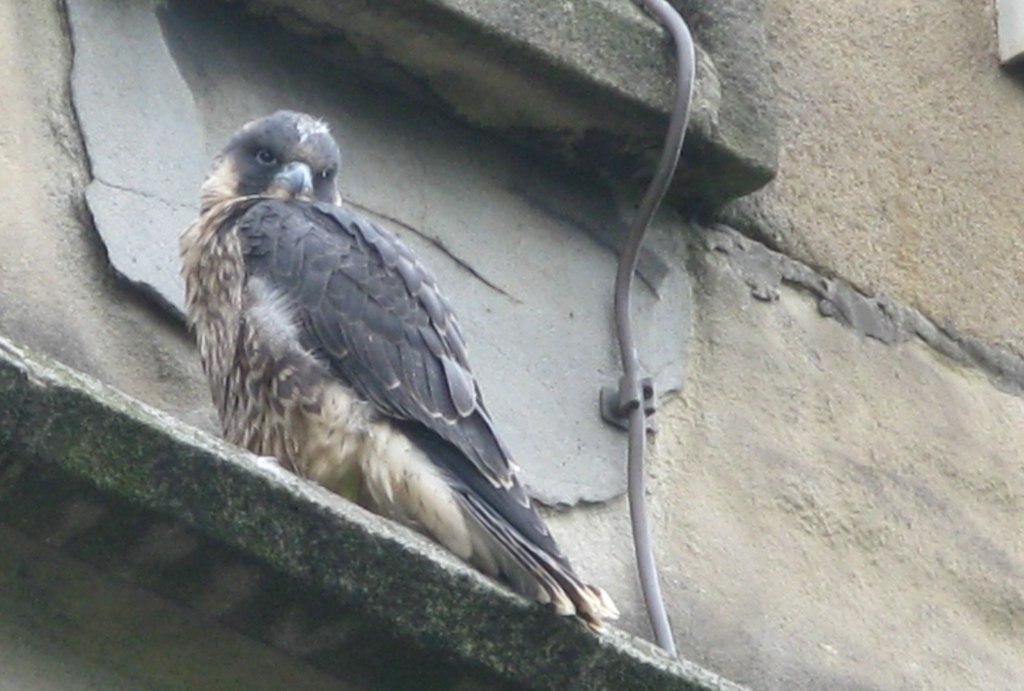
New York City may now have the largest urban population of peregrine falcons anywhere. The Big Apple has become an unlikely paradise for these apex predators, with their numbers growing steadily since the first pair returned to nest on city bridges in 1983. New York state conservation officials estimate that the Big Apple has the largest urban population of peregrines around. “We’re starting to see increases in success so that in New York City, we are at the point where we’re probably the most concentrated, populated peregrine falcon nesting in the whole world at this point.”
Some of the known nesting locations are 55 Water St. in the Financial District, the Throgs Neck Bridge between Queens and the Bronx, the Verrazzano Bridge between Brooklyn and Staten Island and the Bayonne Bridge between Staten Island and New Jersey. Pairs of peregrine falcons have been found nesting on the window ledges of such buildings as the Metropolitan Life Building (1 Madison Avenue), the Bank of New York (48 Wall Street), and the St. Regis Hotel (2 East 55th Street) in Manhattan. Honestly, watching these magnificent birds soar between the Empire State Building and One World Trade Center feels like witnessing nature reclaim its rightful place in our urban landscape.
Chicago: Midwest Falcon Headquarters

Chicago’s skyline and proximity to Lake Michigan make it a prime location for peregrine falcons. Here are some notable nesting sites: Wacker Drive: Several buildings along this famous street host peregrine falcon nests, benefiting from the height and abundance of prey. The Windy City has proven to be anything but windy for these aerial acrobats, who’ve found the perfect urban ecosystem along the shores of Lake Michigan. This family of peregrine falcons is taking advantage of urban Chicago’s resources. Peregrine falcons only need two things to really prosper: high spots to nest and flying birds to hunt for food. Cities have many tall buildings and a wealth of birds, so they’re wonderful places for peregrines to be.
University of Illinois at Chicago: The university’s buildings provide safe nesting spots, with plenty of food sources nearby. Chicago Board of Trade Building: This historic skyscraper has been home to peregrine falcons for years, offering high perches and a commanding view of the city. The relationship between these predators and Chicago’s pigeons has created a fascinating urban food web that continues to thrive year after year.
Washington D.C.: Political Perches
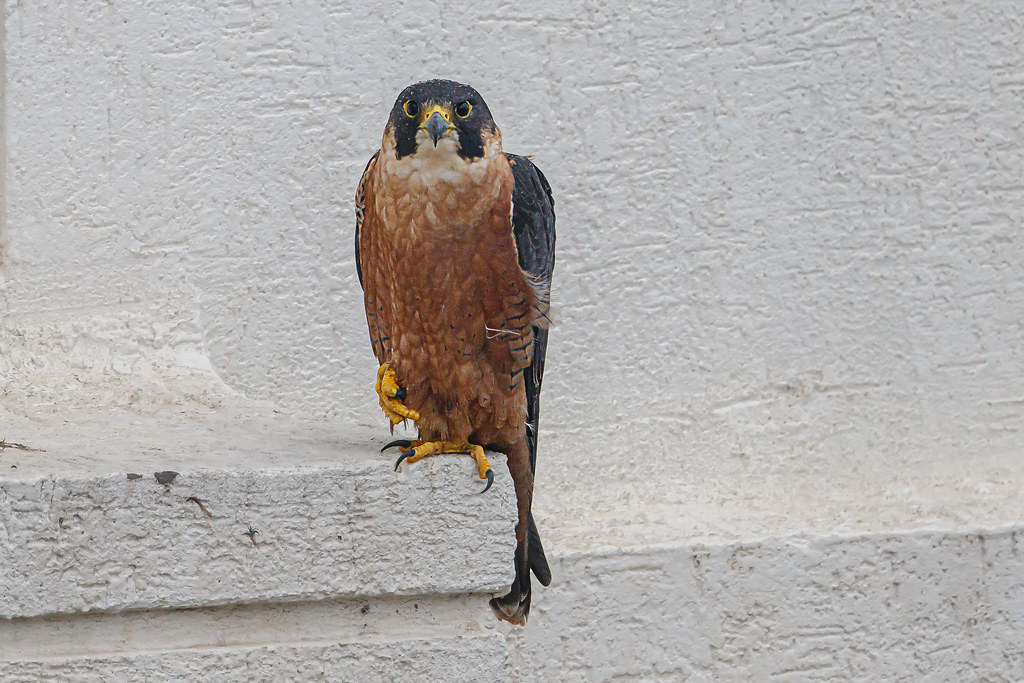
In the nation’s capital, peregrine falcons have found prime real estate among the monuments and government buildings. An article in the Washington Post indicated that there are currently three pairs of peregrine falcons living in Washington, D.C. One pair nests on the Woodrow Wilson Bridge, one pair on the 14 th Street Bridge and one on the National Cathedral. These birds have literally taken residence where political power meets, making their own statement about who truly rules the skies above the Potomac.
They’re amazing creatures, but I bet none of my sleep-eyed compatriots riding the early morning Metro between Pentagon and L’Enfant Plaza know that these birds can be seen almost every morning. They’re amazing creatures, but I bet none of my sleep-eyed compatriots riding the early morning Metro between Pentagon and L’Enfant Plaza know that these birds can be seen almost every morning. Metro passengers looking downriver can often spot a bird sitting on the railroad trestle, usually at one of four spots: the edge of the VA side, the two edges of the middle section, and the edge of the DC side. The sight of a peregrine falcon perched majestically while senators and congresspeople rush past below offers a humbling reminder of nature’s persistence.
Seattle: Pacific Northwest Pioneers
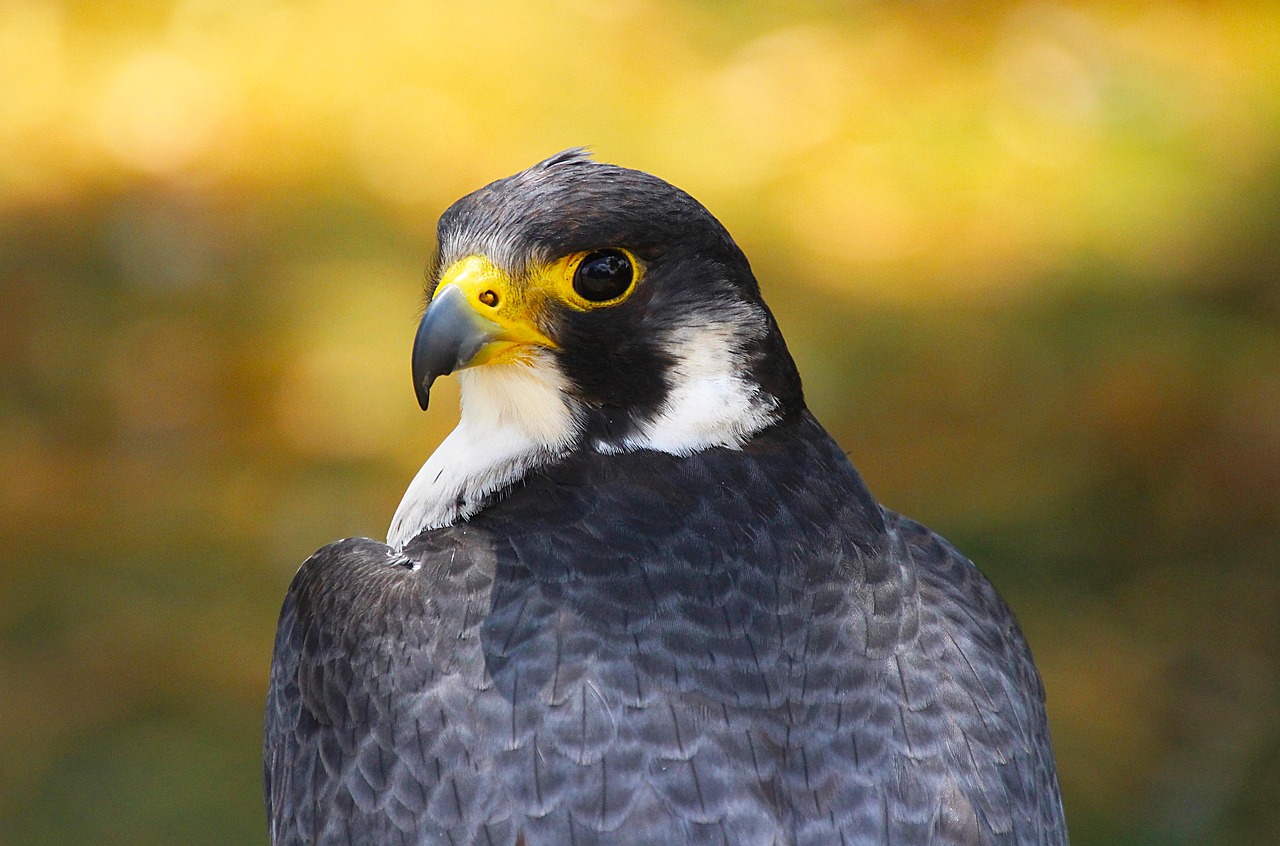
Seattle’s comeback story rivals even New York’s in terms of dramatic recovery. By 1976, the population in Washington State was reduced to one known pair. DDT was banned in 1972, and sightings in Seattle gradually increased as the population recovered. Although wintering females had occasionally been seen in downtown Seattle in the early 1990s, it was not until March 1994 that two observers, Ruth Taylor and Ed Deal, independently discovered an adult male and a juvenile female courting downtown. From near extinction to urban abundance in just two decades, Seattle’s falcon population represents one of conservation’s most inspiring success stories.
The pair nested at 1201 Third Avenue, then the Washington Mutual or WaMu building. Stewart and Virginia, named after downtown streets, became the first breeding pair of Peregrine Falcons in Seattle in the post-DDT era. Five to seven pairs now nest in Seattle each year, which is probably the city’s carrying capacity for this species. The 1201 Third Avenue nest box in downtown Seattle has been active most years since 1994, and a webcam is linked to it year-round. Peregrines also regularly nest on the West Seattle High-Rise Bridge and the Lake Washington Ship Canal Bridge.
Portland: Oregon’s Urban Raptors
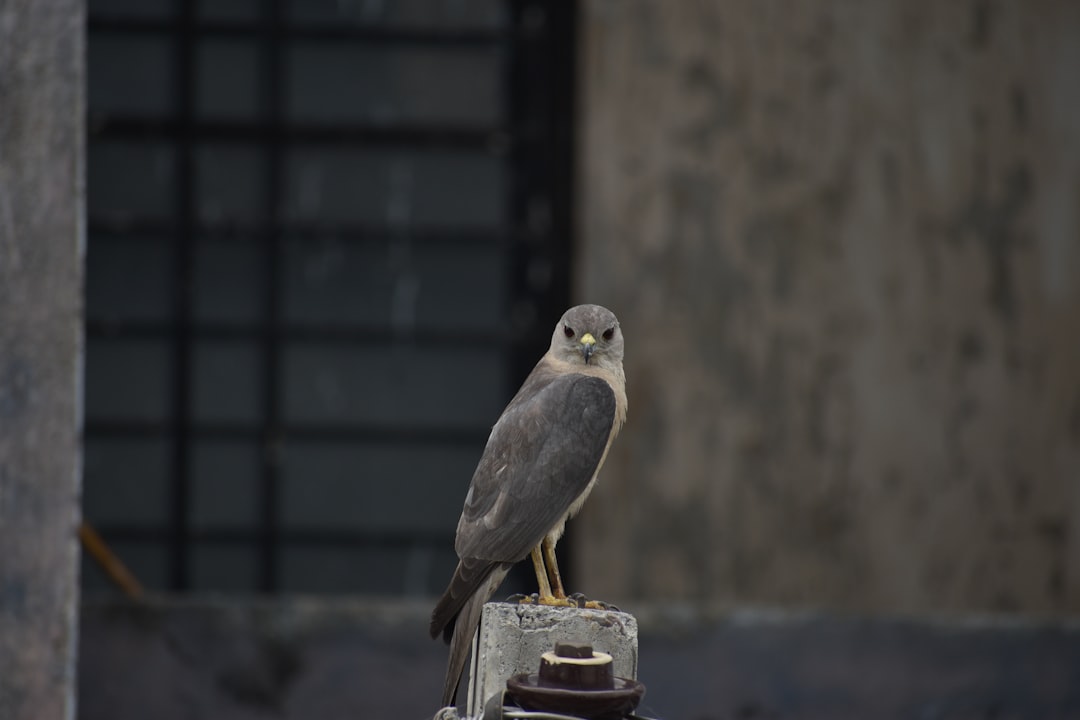
In Oregon, Portland houses ten percent of the state’s peregrine nests, despite only covering around 0.1 percent of the state’s land area. This stunning statistic showcases how effectively these birds have adapted to urban life in the Pacific Northwest. Portland’s bridges spanning the Columbia and Willamette Rivers have become some of the most coveted nesting real estate on the West Coast.
The city’s unique position between mountain ranges and its proximity to major waterways creates an ideal hunting corridor for these aerial predators. Portland’s commitment to urban wildlife conservation has made it a model city for peregrine falcon recovery programs. The abundance of pigeons, starlings, and other urban birds provides a year-round buffet that keeps these magnificent hunters well-fed and thriving.
Philadelphia: East Coast Recovery Hub
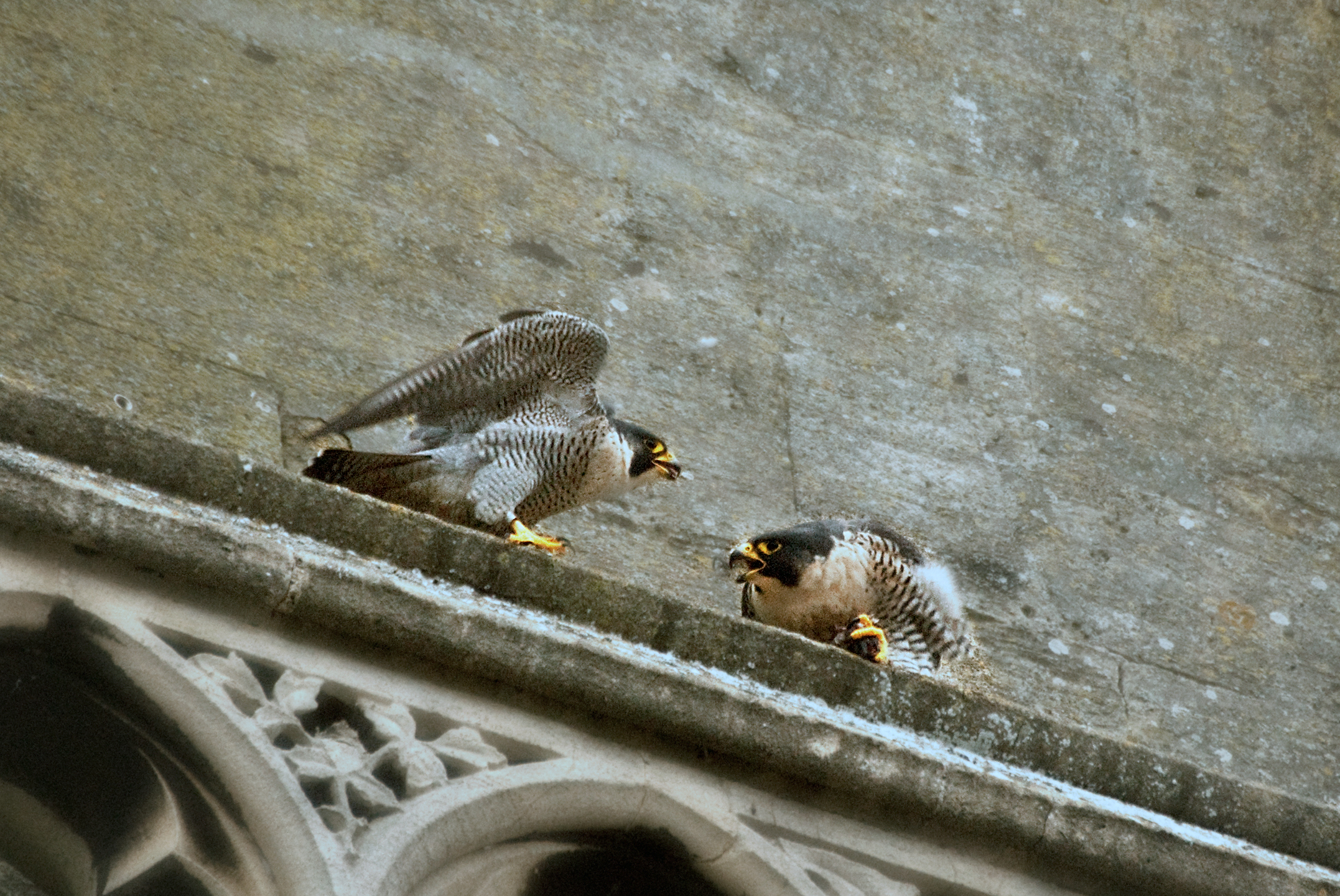
Philadelphia has witnessed remarkable falcon recovery despite facing challenges from avian influenza in coastal regions. Although falcons in coastal parts of the country have been hit hard, researchers say others that set up camp in some of the country’s biggest cities appear to be thriving, showing the world’s fastest bird has acclimated to living among people. They’re also amassing fans, as legions of devotees follow along on webcams each spring as the falcons progress from hatching to leaving the nest. “Wildlife can really adapt to these harsh urban environments,” said Christopher Nadareski, research scientist with the New York City Department of Environmental Protection.
The City of Brotherly Love has become a sanctuary for these raptors, with nesting pairs taking advantage of the city’s historic architecture and modern skyscrapers. Philadelphia’s position along the Atlantic Flyway makes it a crucial stopover point for migrating peregrines, while resident pairs have found permanent homes on the city’s tallest structures. The diverse prey base, including the city’s substantial pigeon population, ensures these urban hunters never go hungry.
San Francisco: Bay Area Aristocrats

San Francisco’s peregrine falcons have become the aristocrats of the Bay Area’s urban wildlife scene. The city’s dramatic topography, surrounded by water on three sides, creates perfect hunting conditions reminiscent of their ancestral cliff-dwelling habitats. The Golden Gate and Bay bridges have become prime nesting territories, offering commanding views of the bay and endless opportunities to hunt seabirds and migrating waterfowl.
The city’s mild climate means year-round hunting opportunities, while the urban canyon effect created by downtown’s skyscrapers provides ideal nesting ledges. San Francisco’s peregrines have been documented hunting everything from pigeons to small seabirds, demonstrating the remarkable adaptability that has made their urban recovery so successful. The contrast between these ancient predators and the city’s cutting-edge technology creates a fascinating juxtaposition that captures the imagination of both residents and visitors.
Denver: Mile High Hunters
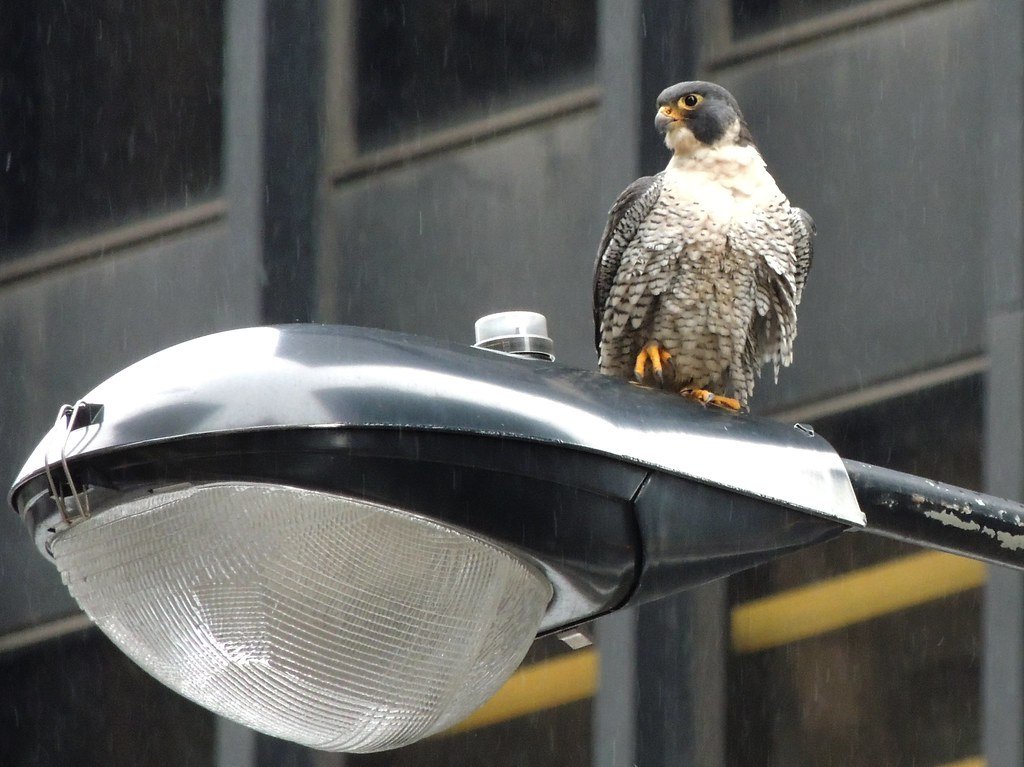
Denver’s elevation gives its peregrine falcon population a natural advantage, with nesting sites literally reaching for the sky. The Mile High City’s position at the foot of the Rocky Mountains creates unique thermals and wind patterns that these master aviators exploit to perfection. Denver’s urban falcon population has established nests on various tall buildings and structures throughout the metropolitan area. Although these sites are still used today, peregrine falcons have found urban areas attractive for nesting. Large urban and industrial areas have an abundant prey base, a lack of great horned owls, and tall buildings which mimic cliff faces and offer relative solitude far above the streets.
The city’s sprawling metropolitan area provides diverse hunting grounds, from downtown’s towering office buildings to suburban areas rich with songbirds. Denver’s falcons have adapted to hunting at altitude, where thinner air requires even more precise flying skills. The city’s position along major migratory routes ensures a constant supply of transient prey species, while resident bird populations provide steady sustenance throughout the year.
Watching these magnificent predators cruise through downtown Denver’s urban canyons offers a striking reminder of nature’s resilience. Despite being surrounded by concrete and steel, these falcons maintain their wild instincts and hunting prowess, proving that successful coexistence between human development and wildlife conservation is not only possible but can be spectacularly successful. What started as a conservation emergency has transformed into one of urban ecology’s greatest success stories, with these cities now serving as living laboratories for understanding how apex predators adapt to human-dominated landscapes.

Hi, I’m Andrew, and I come from India. Experienced content specialist with a passion for writing. My forte includes health and wellness, Travel, Animals, and Nature. A nature nomad, I am obsessed with mountains and love high-altitude trekking. I have been on several Himalayan treks in India including the Everest Base Camp in Nepal, a profound experience.




